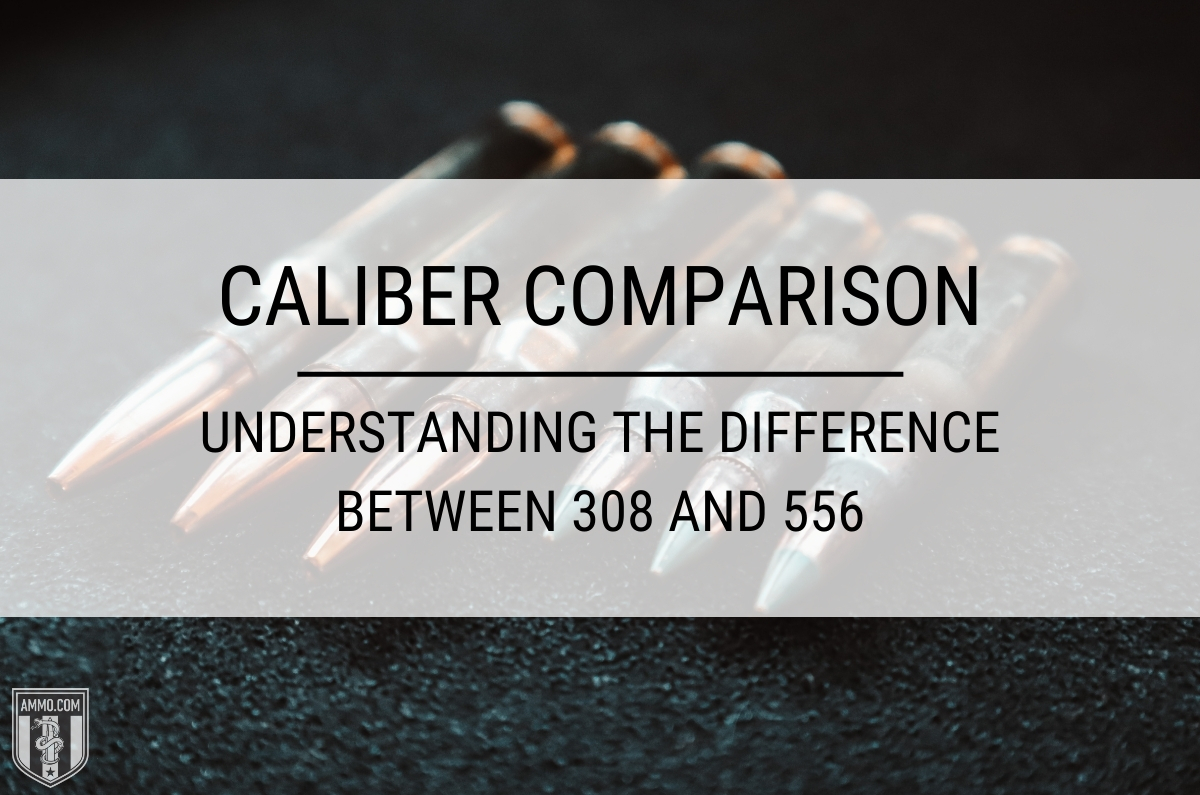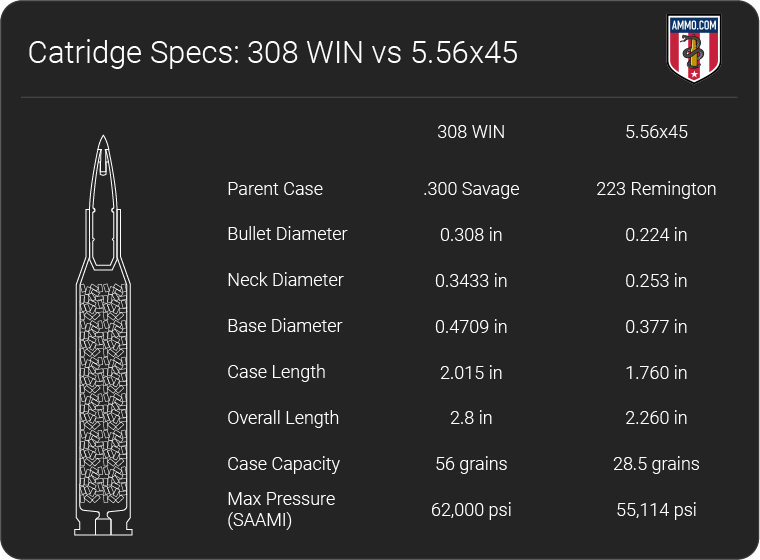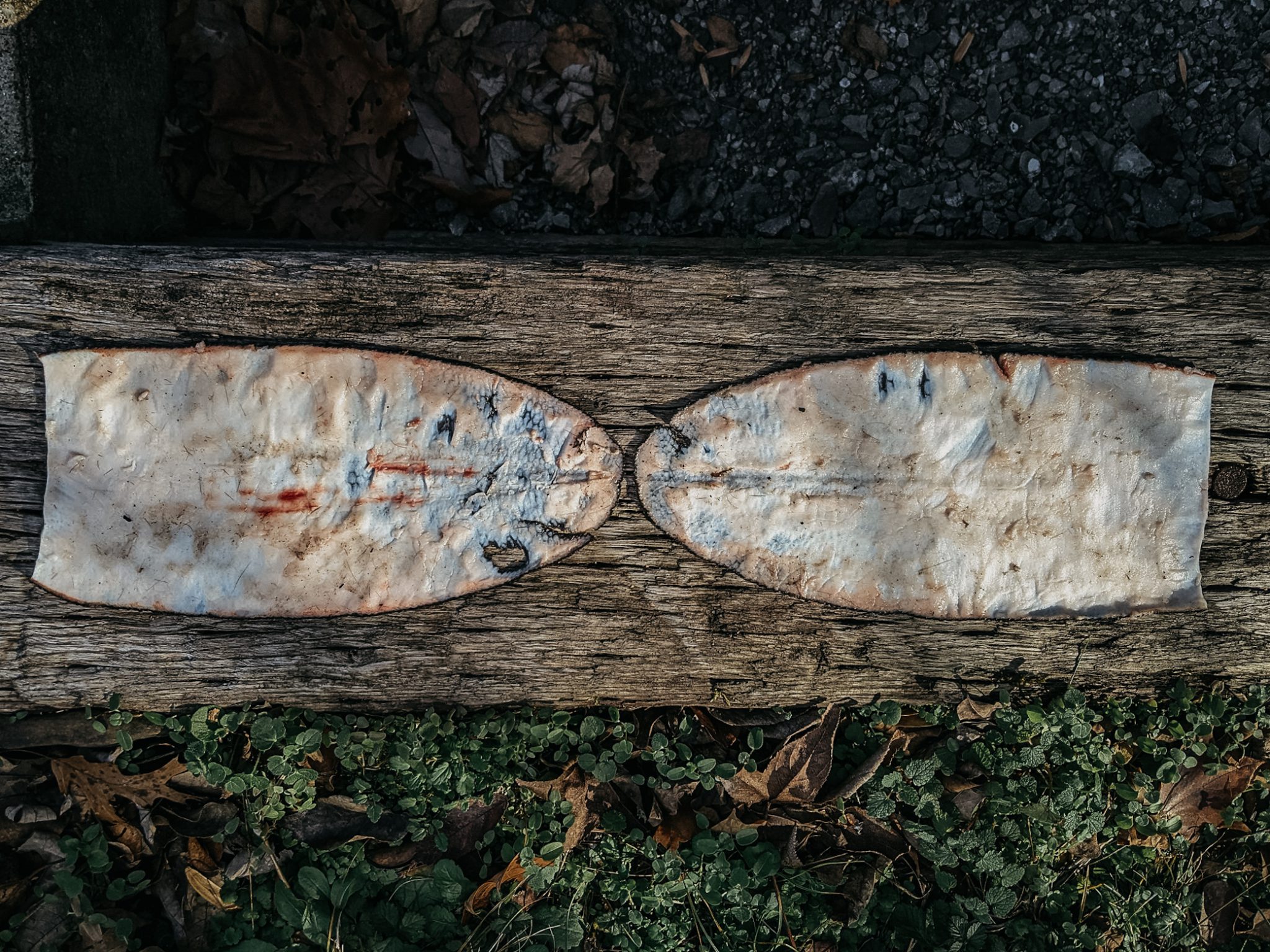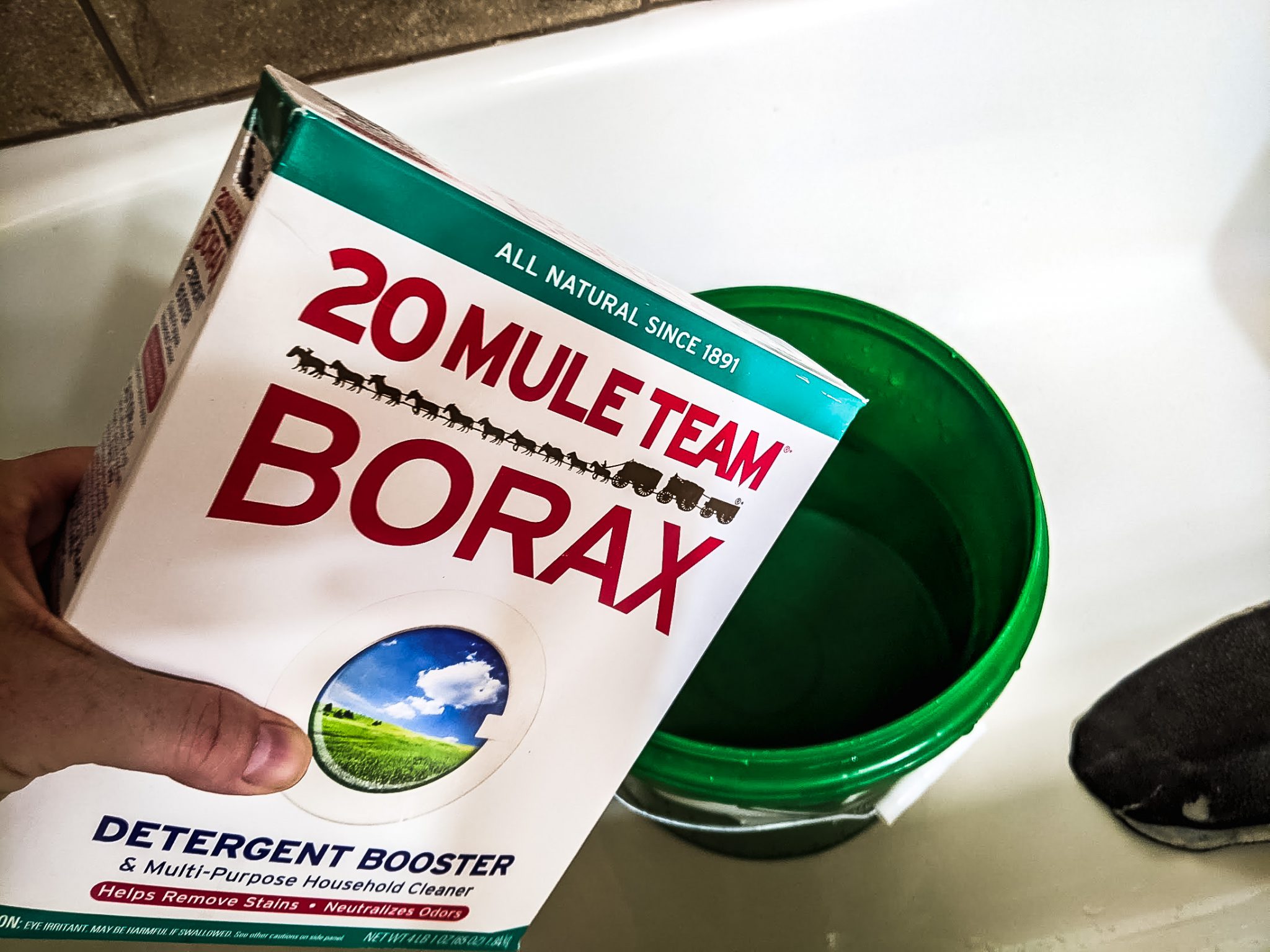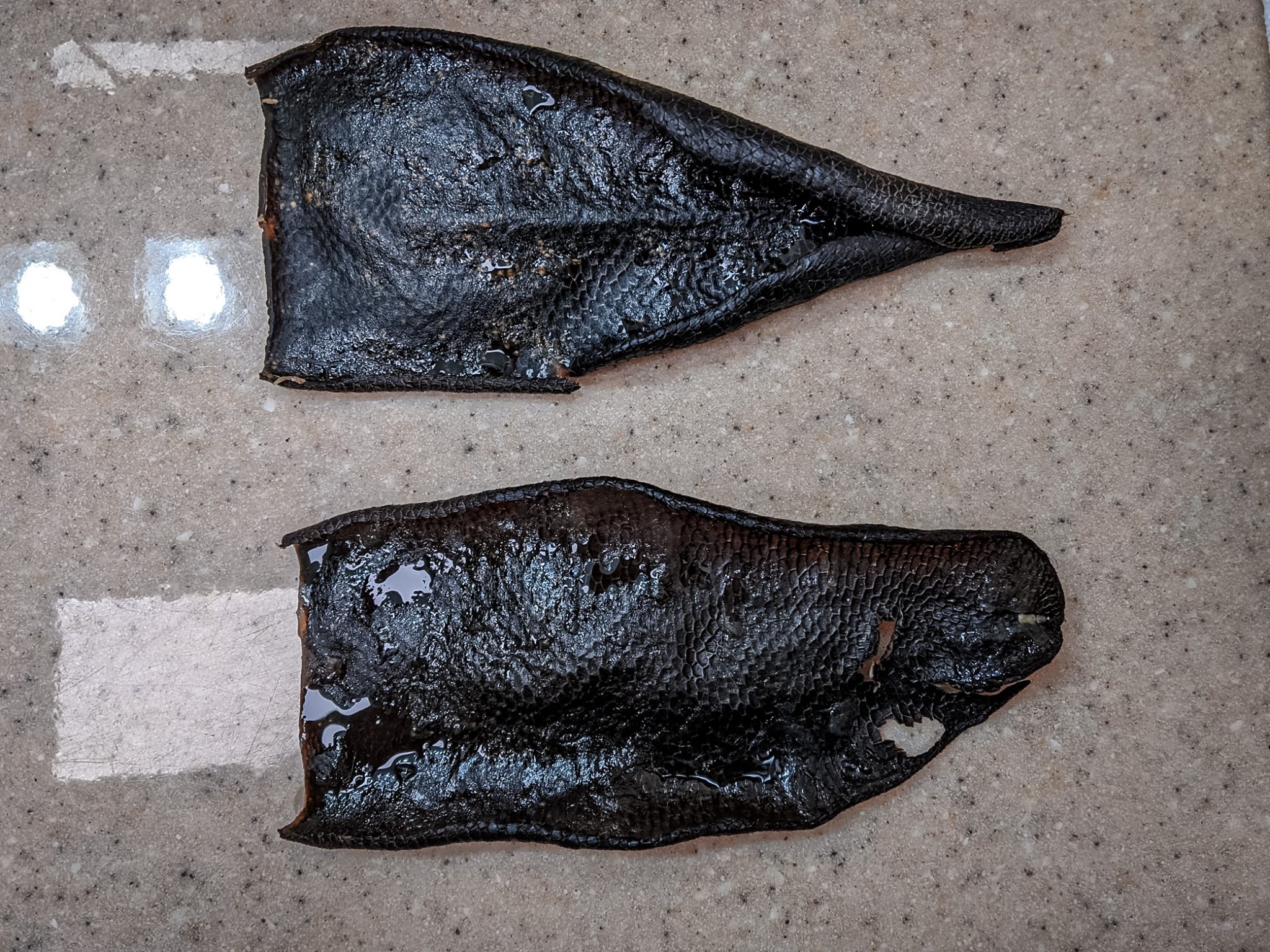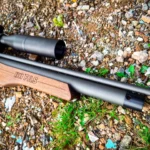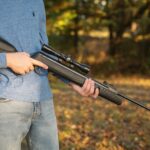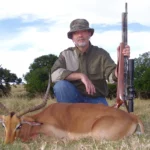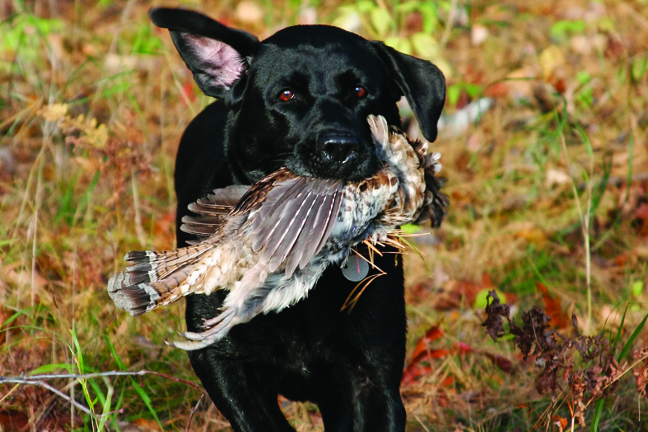
I posed the following, seemingly simple question to the members of my Upland Journal Forums, and to hardcore bird hunters, weekend warriors, dog trainers, upland guides, field trialers, breeders, and sporting lodge owners: What is your chosen ruffed grouse hunting dog breed, what is it that you most like about them, and why have you stuck with them?
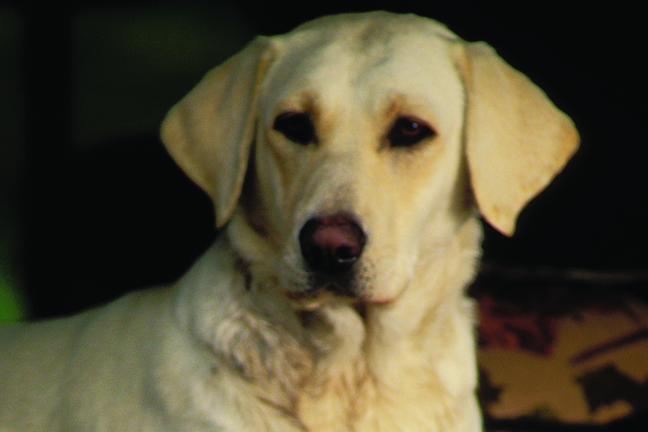
The answers were anything but simple. The truth is there is no best single breed of dog for hunting ruffed grouse. This has become clear to me after four decades of hunting grouse over most of the flushing and pointing breeds.
Unless someone is irrevocably breed blind, most bird dog people will readily agree. I was pleasantly surprised at how gracious those who contributed to my research were when discussing hunting dogs, even dog breeds that were not the ones they chose to run. Dog guys like dogs.
One thing that is completely agreed upon is that good breeding and diligent training are essential, but those characteristics can only go so far in developing the dog as a grouse dog.
Serious grouse hunters believe that bird contacts are paramount to developing a grouse dog, particularly in breeds that point. The grouse themselves teach the dogs how to handle grouse. Dogs just have to see a load of ruffed grouse — hundreds of them — before graduating from a bird dog to a “legit grouse dog.” Some dogs never get to wear the cap and tassel, some become good, and very few become great.
Why is that the case? Because ruffed grouse are arguably the hardest game bird for any dog to handle, and without question one of the most challenging for the wing shooter. There are a tremendous number of variables and preferences and expectations that impact the choosing and settling on a breed for ruffed grouse hunting.
Not all of the variables have to do with grouse. Some are directly related to a particular dog owner’s personality, or where they reside, or the time they have to hunt, and the type of grouse cover they typically hunt.
Will the dog be hunting small micro covers, or huge expansive cutovers? Will it be trained for field trials as well as hunting? Will it stay in the house and sleep on the bed? Will it perform double duty as a waterfowl dog? Will it shed like the dickens? The list is endless.
For some it’s basically the breed dear old dad always had, or a breed a person read about, or hunted over, or in many instances just plain liked the looks of.
In this article I’ll concentrate on two popular flushing breeds and three pointing breeds, and why people prefer these dogs for hunting ruffed grouse. This is in no way a poor reflection on other breeds. Remember what I said: There is no best grouse dog breed.
ENGLISH COCKERS: Big Hunt In A Small Package
There is little doubt that Field Bred English Cocker Spaniels or FBECS’s have experienced an upsurge in popularity for upland bird hunting. These little bird-seeking missiles are not to be confused with American Cocker Spaniels, which are bred for looks and as pets. And FBECS’s are not just small field-bred English Springer Spaniels (the springer, by the way, is my personal breed of choice). Do not make the mistake of muttering such a thing in a room of spaniel enthusiasts. They may have been separated by size centuries ago, but have developed their own unique personalities, yet retained all the best characteristics.
This flushing dog weighs in as small as 20 pounds and upwards of 35 pounds for a large male, and come in a variety of colors. I spoke to the owner of a guiding operation in northern Maine, who runs both FBEC’s and English Pointers, and he described them as having the heart of a big dog and the cuddle of a lapdog.
He not only uses them for hunting ruffed grouse, but also as non-slip retrievers with his pointers, where they flush and retrieve ahead of a point. Another friend of mine owns a well known Orvis-endorsed hunting and fishing operation in Maine. His personal dogs, which he hunts and guides with, are FBEC’s. Most of his guides run pointing breeds. Pointing dogs are traditional for grouse so most clients request hunting over them. But according to him, at the end of the day when the bragging begins, the cockers do as well if not better in finding birds and providing shots on grouse.
Owners of FBECS’s gush over their little charges. They love the dogs’ temperaments, house manners, trainability, and their remarkably manageable size.
That’s all well and good but can they handle and produce ruffed grouse for the average bird hunter? You bet they can. The consensus from those I spoke with is they are the right dog to hunt in poor scenting conditions, such as hot and windy days — situations that can compromise other dogs. They burrow intro the thick of cover, work close, roust out grouse to the gun, and retrieve crisply to hand. They are just plain fun to be around, and they can sit on your lap and lick your face on the drive home. What more can a bird hunter ask of a grouse dog?
LABRADOR RETRIEVERS: A Model For Every Grouse Hunter
Labrador Retrievers remind me of the venerable 12-gauge shotgun. They can do it all. The Lab has really made its mark in the ruffed grouse woods, and those running them never feel under gunned.
Although there are breed lines of pointing Labs, I’m focusing on flushing retrievers. They are hard to beat when you include their perpetually positive attitude and enthusiasm. These workhorses come in variety of sizes, depending on the breeding — from huge, block-headed, otter-tailed, cattail busters to smaller, more agile, and athletic dogs — which are increasingly popular with grouse hunters. They are black, chocolate or yellow and despite some opinions, all can make great hunters. Their wonderful personalities have made them a choice as pets for non-hunters, so always seek out a hunting line of Labs if you want one to team up with you to hunt grouse.
If properly trained they simply produce bird after bird for the gun and, being the consummate retriever, are unmatched in finding cripples and bringing any bird to hand.
Lab owners are extremely loyal to their breed, like their dogs are to them. They point out the unparalleled trust and teamwork they experience while hunting with their Labs. A particularly successful grouse hunter from Michigan I spoke with, who champions the smaller, more agile 50-pound Labs for grouse, expressed that a well bred Labrador is smart, easy to train, and can bounce back from training mistakes. Known for their overall durability, they can hunt in all conditions and cover types. When these grouse hunters empty the birds from their vests at the end of a hunt, the reason for running their labs for ruffed grouse is plain to see.
ENGLISH SETTERS: Grace And Beauty In The Woods
There is no question the English Setter is the quintessential and traditional grouse hunting dog. The sheer volume of responses I received from ES lovers proved that point.
This breed has gotten a load of ink in most classic grouse hunting literature, and is well represented in sporting art, for good reason. For a pointing dog they are the whole package of beauty, elegance, temperament and — best of all — they work on ruffed grouse.
Setters generally come in two types: Ryman and Llewellyn. The Ryman being a larger, closer working, and more methodical birddog that foot hunters prefer. Llewellyn’s are a smaller, faster bird-finding machine that hardcore hunters and field trailers gravitate to.
Regardless of type, they all share a gentle nature and picture perfect looks, as well as a good nose. Some of my Setter friends and contacts readily admit they prefer a slightly slower-moving dog that they can see and enjoy as it weaves through a fall cover, with the tinkling of a bell only adding to the experience. They live for the feathery classic point, and shooting at a bird is an afterthought.
Others want a firecracker that sizzles through the woods, reaching way out in search of birds, with the distant staccato beep from a collar signaling a point. After a location is found on the GPS receiver, they head into the cover and like to be rewarded with an opportunity for a shot. This is a breed that can fit differing personalities.
I’ve heard more legends of English Setters being good or great grouse dogs than any other breed. That might be a product of their popularity, or it might be why they are so popular. It doesn’t matter: they are a proven breed for grouse hunting and look damn stylish doing it. I heard from a fair share of earnest grouse hunters who experimented with a lot of dog breeds until they found their nirvana with English Setters.
GERMAN SHORTHAIRED POINTER: Bulletproof And Versatile
I have many friends and acquaintances who run GSP’s. That should say something about their popularity and effectiveness on grouse, given we live smack dab in ruffed grouse country.
And I had the pleasure of hunting over a particularly good one. I was impressed by this dog’s no-nonsense, workmanlike hunting style. He knew how to handle and point the skittish, if not schizoid, ruffed grouse found in mid-Maine, without a lot of showing off or fanfare. I think this is true of most dogs of this versatile breed.
That dog is over the rainbow bridge but the owner is now feeding two more GSP’s. I asked him why he sticks with them. He made the analogy that GSP’s are the Toyota Tacoma of the grouse hunting breeds. They are tough, dependable, and rarely break down. GSP owners relish the strength and durability and easy maintenance of their dogs, along with their ability to chill out in the house, but turn it on in the woods. Being a short-haired breed, little if any time needs to be wasted combing out burrs on the tailgate, leaving more time to hit the next cover.
I received input from a gentleman who runs a popular birddog website who hunts his shorthairs in a multiple of states and Canadian provinces. He expressed how his dogs consistently hunt at a comfortable range for the foot hunter, are staunch on a pinned grouse, but naturally relocate until they crack into a solid point when they hit the scent cone. A plus is they are largely natural retrievers, so few birds are lost. Versatile is the operative word; when not pointing grouse they can take on part-time work in a boat or blind retrieving waterfowl, and are handsome to boot.
BRITTANYS: The Whole Package In A Compact Size
These medium-sized, hard-working pointing dogs are rumored to have originated as poachers’ dogs, and are termed by some as “meat dogs.”
There’s nothing derogatory about that as far as I’m concerned, since despite all the aesthetics prevalent in grouse hunting lore, ultimately we are trying to add protein to our game vest.
This breed was originally dubbed a spaniel but the “spaniel” was officially removed in 1982. You have two choices of field stock Britts: American or French Brittany. Generally the American Britt is larger, lankier, and a bigger runner by design. The French Britt is more compact and generally a tighter worker. But despite “spaniel” being dropped from their name, both types have the merry, exuberant and biddable personality of a spaniel, with the point and the retrieve built in.
Britt owners I spoke with were a pragmatic group who weren’t enamored with classic high-tailed points (which is a good thing since Britts tails are docked). Britt owners appreciated the work ethic, nose and tenacity of their dogs.
A very good friend of mine who passed away a few years back adored his Brittanys, and I’ve never seen a closer bond than he had with his dogs. I had the privilege of grouse hunting with him in the states and in Canada. He was a solitary fellow, and when we met back at the truck, there was always a gleam in his eye, a grouse or two in hand, and of course a Britt by his side. If I get a pointing dog to add to my arsenal, it would likely be a Brittany.
You can’t go wrong with any of the breeds covered here if the dog is well bred, trained to your needs and expectations, and you put the dog on a load of grouse. Finding your breed for hunting ruffed grouse is like finding a spouse. There are matches made in heaven, but also mismatches. The trick is to date and play the field until you fall in love, and know when to throw in the towel and try another breed that fits you best.
Ultimately, at the end of the hunt, the measure of a grouse dog could be as simple as whether you enjoyed hunting with it, not how high a pile of feathers you’ve built by the end of a season.








![Air gun 101: The differences between .177 & .22 – Which jobs they do best ? [Infographic]](https://airgunmaniac.b-cdn.net/wp-content/uploads/2024/11/1773-218x150.jpeg)






















































